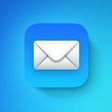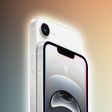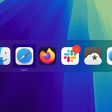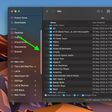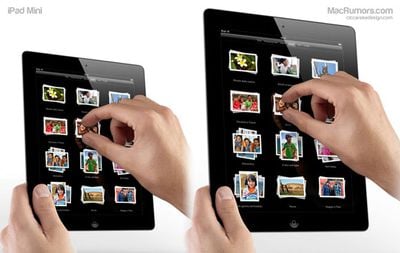
As noted by The Tech Block and The Next Web, during his Talk Show podcast with Dan Benjamin, DaringFireball's John Gruber offered up some additional confirmation of the existence of a 7.85" iPad. Gruber reports that he has been told by "numerous" people that this size iPad is something Apple has been "noodling with".
When asked by Benjamin if he thought a 7.85" iPad would ever be released, Gruber responded (at ~1hr 19min):
“Well, I don’t know. What I do know is that they have one in the lab…a 7.85 inch iPad that runs at 1024×768… it’s just like the 9.7" iPad shrunk down a little bit. Apps wouldn't need to be recompiled or redesigned to work optimally on it. It's just the iPad smaller.
Gruber has offered accurate information in the past and seems to have many contacts with Apple. Gruber does point out that Apple has many prototype products that never make it to market, and reminds us that Steve Jobs once said that he's was as proud of the products that Apple hasn't done as the ones they have.
It has been clear to us that a 7.85" iPad has been in late prototyping stages. Reports have been coming from the Chinese supply chain about such a device for months. This indicates that Apple isn't just toying around the the form factor in their labs in Cupertino, but is also working with supplies on possible production. As Gruber said, this still isn't a sign that Apple will necessarily release such a device.
The reason why a 7.85" screen might make sense for a new iPad has been detailed in the past, and we have a paper mockup that can be printed out to compare its size to a 9.7" iPad.



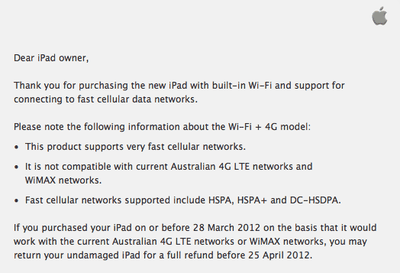
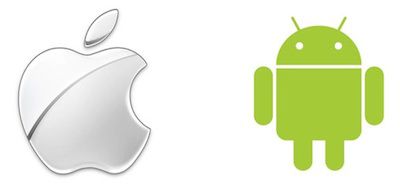
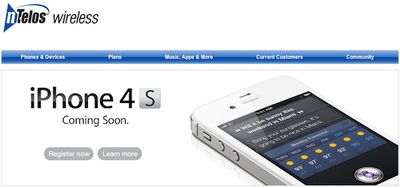
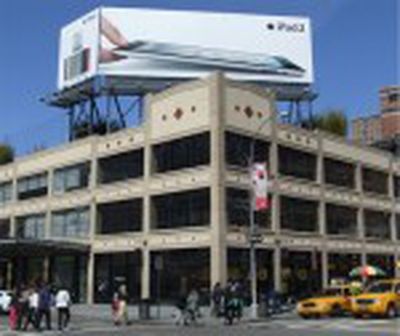
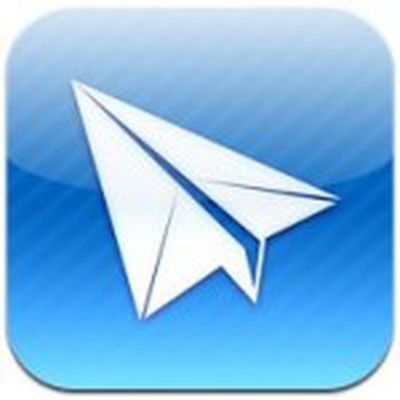 Last month, popular
Last month, popular 
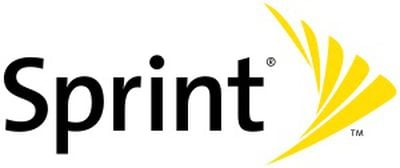


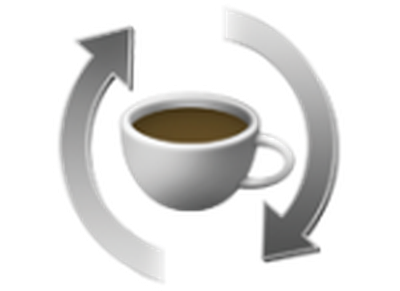 Apple has released an update to Java for OS X,
Apple has released an update to Java for OS X, 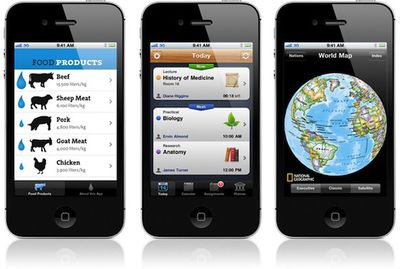
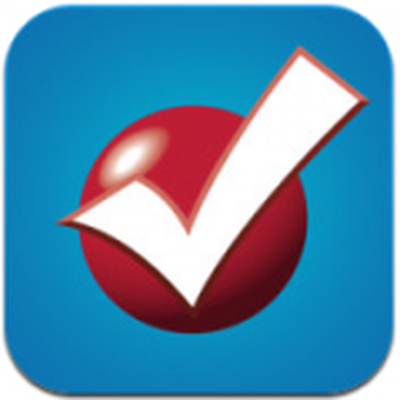 This year, Tax Day in the United States falls on April 17, 2012. Intuit's TurboTax has long been a favorite of many self-preparing taxpayers and has consistently worked well for Mac users as well (
This year, Tax Day in the United States falls on April 17, 2012. Intuit's TurboTax has long been a favorite of many self-preparing taxpayers and has consistently worked well for Mac users as well (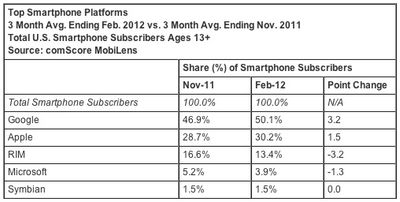
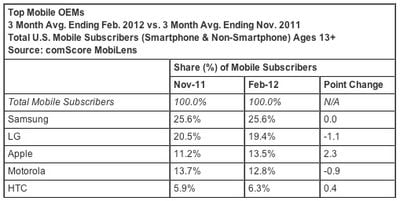
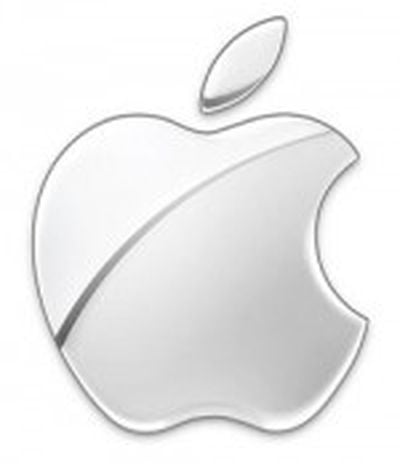 Over the past two days, a couple of high-profile research analysts have issued reports predicting that Apple's stock will reach the $1000/share milestone within the next year or two, a move that would see that company's market capitalization push toward an
Over the past two days, a couple of high-profile research analysts have issued reports predicting that Apple's stock will reach the $1000/share milestone within the next year or two, a move that would see that company's market capitalization push toward an 








